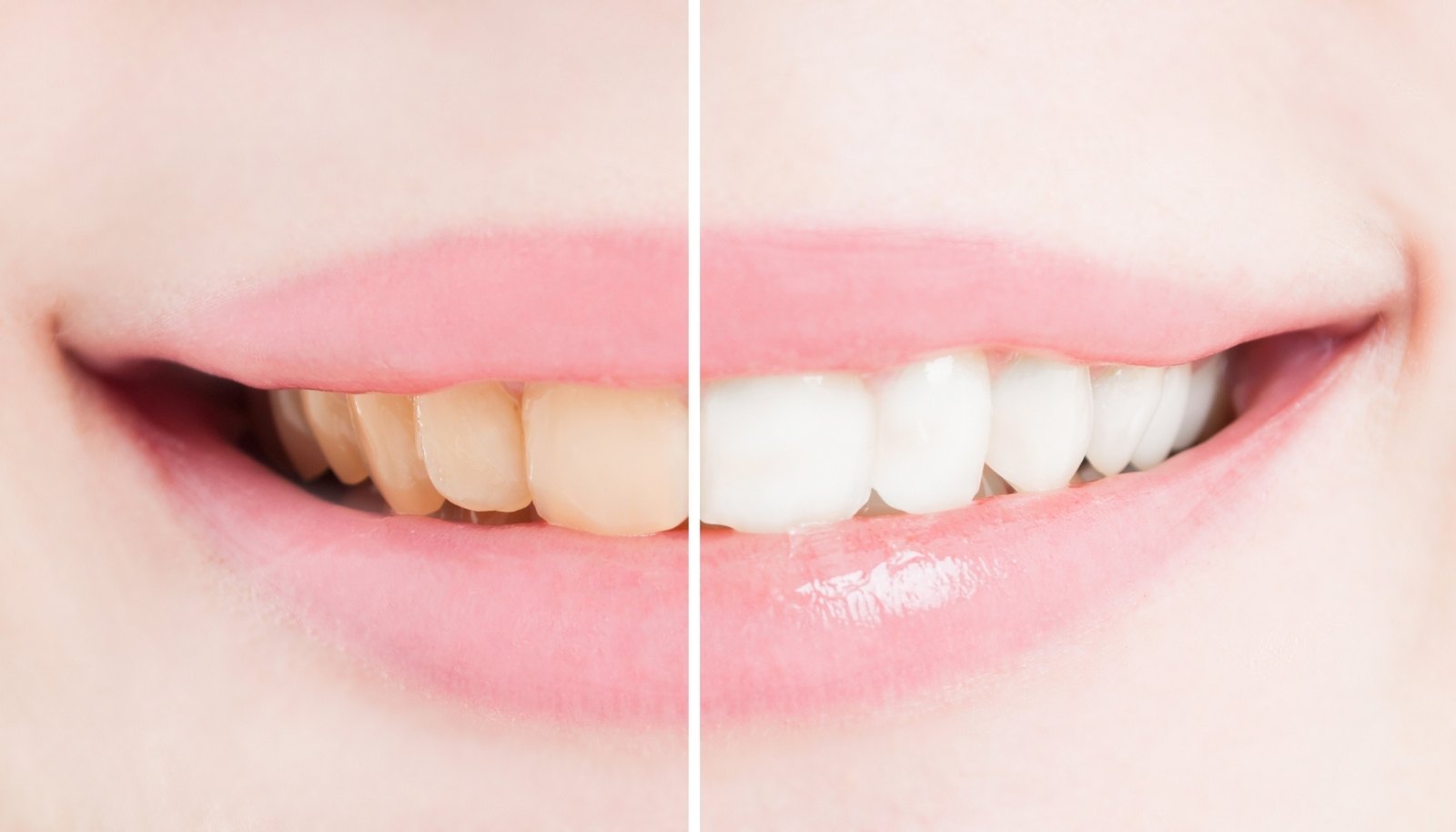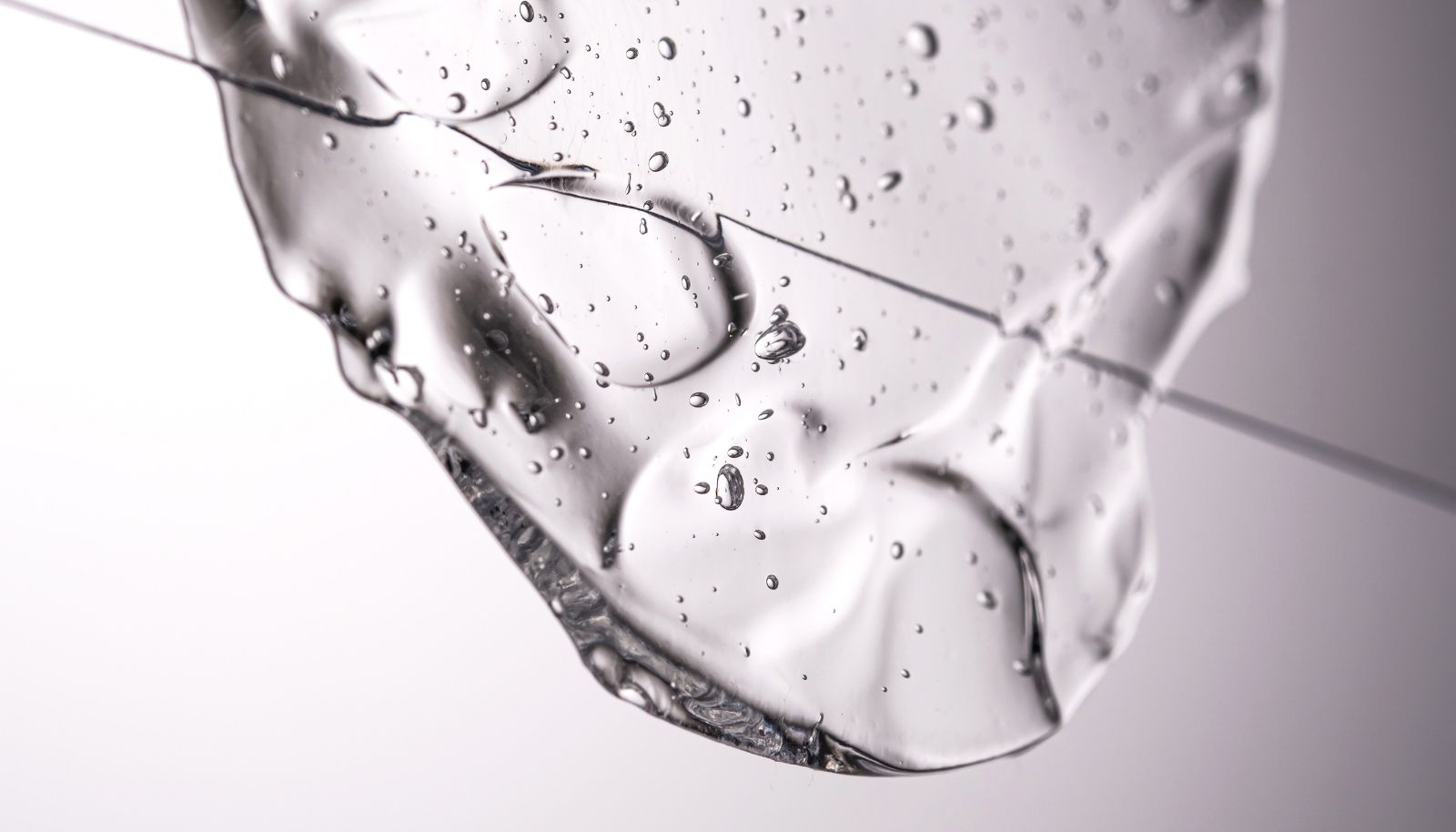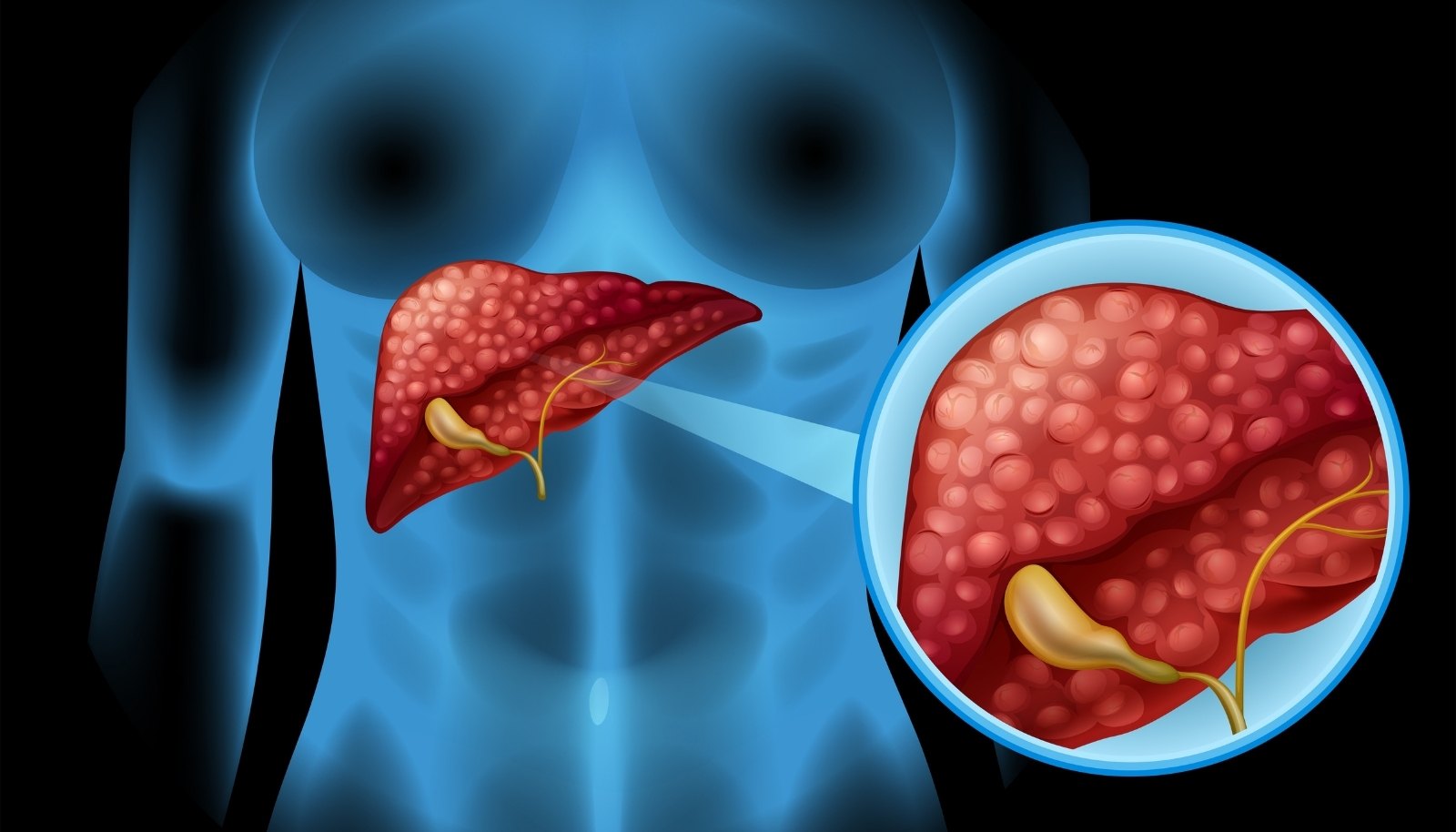
Rosemary oil contains several phytochemical compounds such as 1,8-cineole (eucalyptol), α-pinene, camphor, borneol, and verbenone. These molecules exhibit antibacterial, anti-inflammatory, antioxidant, analgesic, and antiseptic properties, which may help reduce plaque accumulation in the mouth. In particular, 1,8-cineole has inhibitory effects on oral pathogens, supporting better oral hygiene.
Tooth discoloration is mostly caused by extrinsic pigmentation. These stains often result from external substances like tea, coffee, and tobacco, which accumulate on the enamel surface. It is suggested that rosemary oil may help remove surface stains physically or reduce bacterial biofilm, which contributes to discoloration. However, this effect is limited when compared to clinically approved whitening agents such as hydrogen peroxide.
There are not enough randomized controlled trials (RCTs) to confirm the direct whitening effect of rosemary oil. However, some in vitro studies have shown that the oil is effective against Streptococcus mutans, a bacterium associated with tooth decay. This suggests that rosemary oil might indirectly support dental aesthetics by promoting oral health.
Rosemary oil should never be applied directly into the mouth in its pure form. It is recommended to dilute it to 1–2% using a carrier oil. For those who want to make a mouthwash, a few drops can be mixed with water and used briefly. Due to the potential for irritation or mucosal sensitivity, frequent or long-term use should be avoided.
No, it does not provide clinically effective whitening. However, it may support oral hygiene and offer indirect benefits.
It can be used 2–3 times a week as a diluted mouthwash. Avoid continuous and intensive use.
It may cause irritation, burning, or allergic reactions in the oral mucosa. It is not recommended for pregnant women, nursing mothers, or children.
Rosmarinus officinalis oil, thanks to its phytochemical constituents, can support oral health. However, current scientific evidence does not definitively confirm a direct teeth-whitening effect. Any product used for dental aesthetics should be applied carefully and ideally under the guidance of a dental professional.





